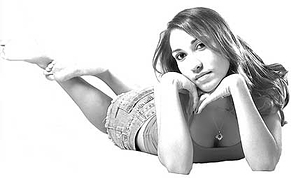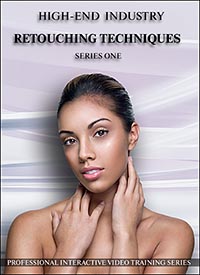Photographers make note that a good number of models don’t take TFP arrangement seriously, often ending in a no-show or abrupt cancellations. This can make a photographer hesitant about offering them in the first place. But, as a model, should you accept a TFP? Should accepting them as work be in your written profile? Will it get you paid gigs too? And does the ‘F’ in TFP stand for “free?” If so, what do TFP arrangement gain you? Well, here are the answers and some things you didn’t know.
A photographer’s unwritten rule is that if a model is a no-show without an advanced cancellation, never use her again, much less extend a TFP deal to her or her friends, and warn my fellow colleagues that there’s a high element of risk to consider if they think about using her.
Conversely, models that are amazing to work with and are professional, I personally cut steep discounts for, retouch more photos for, provide actual prints to, use as often as I can, bend my schedule for, extend projects to first, and share news of them with everyone I can find.
Obviously, many models are looking for paid work, and many also have a greater sense of their worth than their experience, looks, or willingness commands. Luckily, a model’s portfolio tells a great deal about her than just her looks. If she’s got a lot of photos from a number of different photographers, she’s most likely reliable. If she has a variety of poses, she’s most likely willing to try new things. If she looks great universally, she most likely has actual experience.
I suspect the starting out model doesn’t know her worth and sees it as just standing in front of the camera will turn on the cash spigot. But she also knows that if she can’t demonstrate experience, a photographer will pass her over during casting.
So, to combat this, she tries to cheat the system by indicating she’s willing to work for TFP, when in fact she’s not necessarily fully committed to the idea. An inexperienced model thinks that TFP means “free photos” and doesn’t realize that the photographer is paying her with his time, which often dollar-for-dollar can be very much in a new-model’s favor.
By assigning no “value” to the TFP, she feels it’s something she can walk out on without consequence because it must also be of no value to the photographer, too. Wrong. A number of photographers hold multiple jobs, and if he takes off a day to do a photo shoot and goes through the trouble of setting up the equipment or renting space, the photographer takes it in the shorts not once, but twice. No wonder he may become embittered.
As such the model thinks that she’ll get TFP deals and paid deals, and then elect to only accept the paid ones. Conversely, she might tell herself that she’ll do a TFP deal, but only if it’s a famous, rockin’ photographer. What she doesn’t get (we’re talking new, inexperienced models here still) is that she’s killing her chance to build a portfolio, by extension get a paid gig, or be sought by Mr. Super-Shutter.
Not having anything pan out quickly fuels that impression that there is something wrong with the industry, clearly not her or her attitude, and after one or two cycles of this, the model fades away — being very put off with photographers in an unfair over-generalization.
Photographers: one solution I’ve found that has worked well is to offer TFP deals to scouted new discoveries. Because they aren’t seeking to be models, they are very appreciative and are willing to follow directions. When the reward of fantastic photos pops out the other end of the workflow, they do more word-of-mouth advertising than I could ever afford to purchase for other outlets. The trade-off is that you have to be able to work with inexperienced models and be very, very patient with them. I personally find it rewarding to be there first-hand as someone learns a new, marketable skill. Many valuable friendships follow.
It turns out this kind gesture can open doors for people: other modeling offers, and in one case a small part in a movie that’s coming out soon.
TFP/CD deals are gold mines for models, which explains how some smart models always seem to have that really rich, diverse portfolio with a competitive edge.

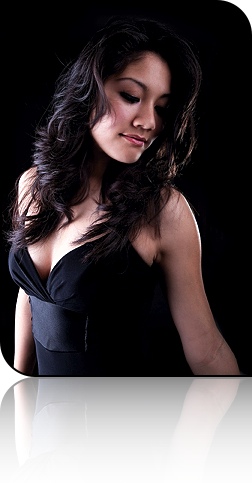 Q: What can I do to become a model?
Q: What can I do to become a model?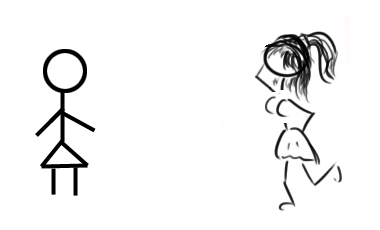

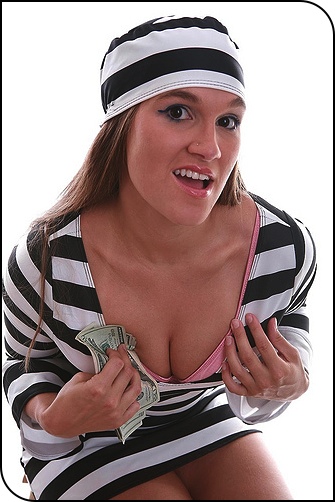
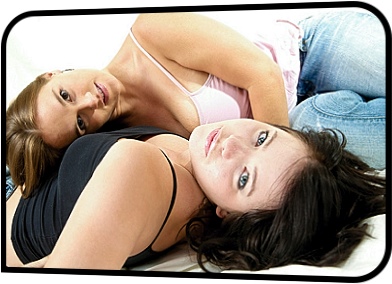
 TFP/CD means “Time for Print” / “Time for CD,” and it’s an arrangement whereby a model and a photographer exchange professional services instead of one hiring the other.
TFP/CD means “Time for Print” / “Time for CD,” and it’s an arrangement whereby a model and a photographer exchange professional services instead of one hiring the other.